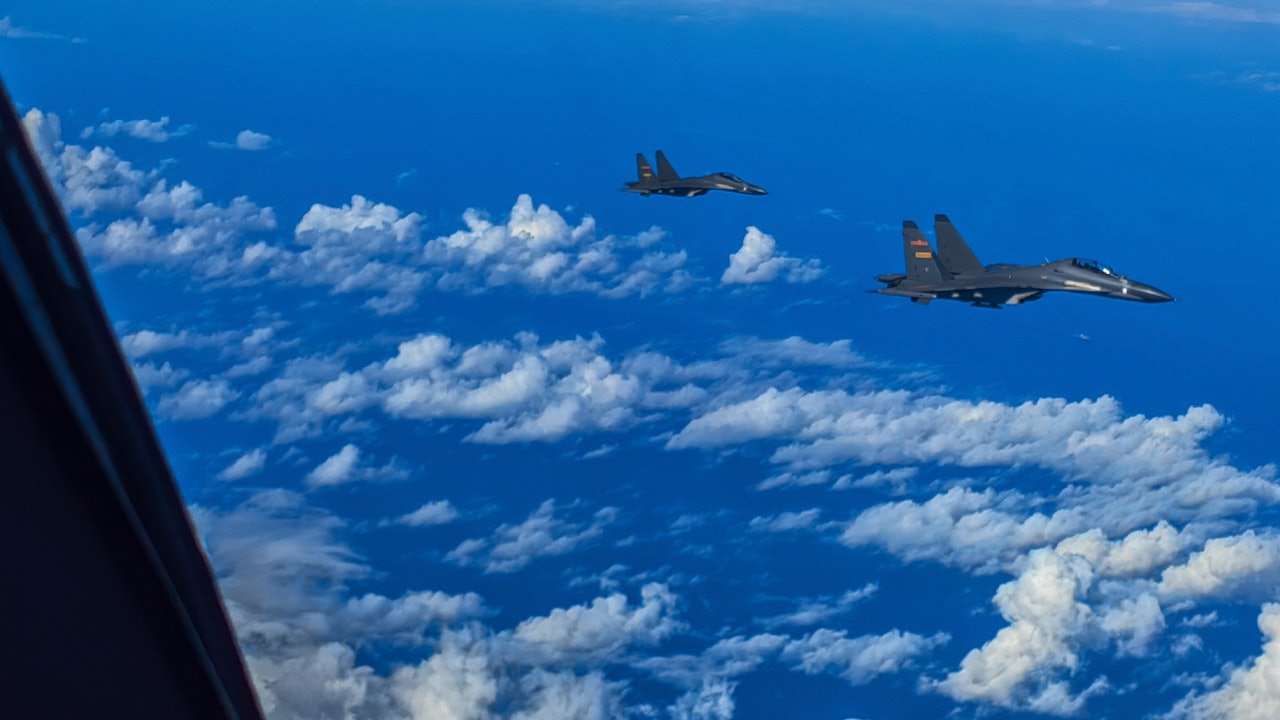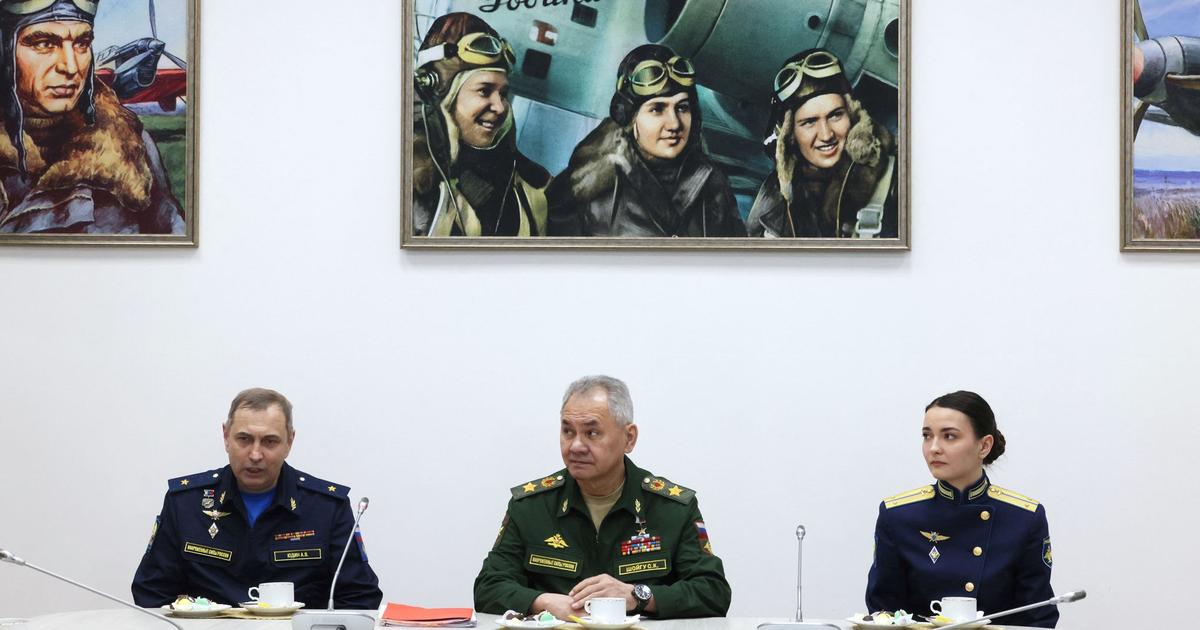"Anti-Access/Area-Denial" (A2/AD) is a key military concept used in recent years when countries have discussed countering U.S. military power.
In the Indo-Pacific region, the focus is on the South China Sea, the Taiwan Strait, the East China Sea, etc. In Europe, the focus is on Eastern Europe, especially the Black Sea region after Crimea fell under Russian control in 2014.
The concept is extremely popular in general military discussions in the media, and a former Latvian defense minister once joked that "even housewives are discussing the A2/AD challenge in Northeast Europe".
An earlier definition of this concept comes from the 2012 DOD Joint Operational Engagement Concept (JOAC) document of 2012:
"Anti-Access" (A2) refers to operations or capabilities, usually long-range, designed to prevent enemy forces from entering an area of operations; "Area Denial" (AD) refers to those operations or capabilities designed not to prevent enemy entry but to Action or ability that prevents it from moving freely in an area, usually for a short range.
Popularization of precision strike capabilities
The emergence of this concept is mainly due to the popularization of precision strike capabilities in recent years.
Luis Simón, a senior analyst at the Spanish think tank Real Instituto Elcano, pointed out in 2017: “For almost 40 years, the de facto monopoly of the United States and its allies on precision strike systems has given them a global The ability to move freely and intervene without restraint .
In the past, the U.S. military focused on how to control the enemy and win when U.S. personnel and military assets were put into the theater.
Today, with the increasing "A2/AD" capabilities of China, Russia and other countries, what the U.S. military has to worry about has become whether its personnel and property can enter the theater and whether they can move freely in the theater.
In the context of the Taiwan Strait, this concerns the security of the U.S. military bases on the first and second island chains, and whether the U.S. aircraft carrier can safely enter the perimeter of the Taiwan Strait.
According to a comprehensive analysis by The Economist in May 2021, China's air defense and anti-ship missile systems have covered the entire island of Taiwan, and its DF-21D medium-range anti-ship ballistic missiles can attack targets within 1,500 kilometers. 6 bombers can attack the US airfield in Guam, and DF-26 anti-ship ballistic missiles can attack targets within 4,000 kilometers.
This year's RAND Corporation report on the People's Liberation Army's blockade of Taiwan also pointed out that disrupting China's blockade would require the United States to bring forces closer to Taiwan, and that if the United States puts too many naval and air assets within the reach of China's attack capabilities, it may Facing China's pre-emptive attack.
The "A/A" legend often seen in the media consists of bubble circles of various weapon ranges.
(Screenshot from The Economist's website)
The "given fact" illusion of the "A2/AD" bubble
The media discussion of "anti-access/area denial" is often symbolized by circle after circle on one map after another.
The circle is full of the firing or flight distances of various surface-to-air missiles, anti-ship missiles, cruise or ballistic missiles, fighters or bombers.
In people's minds, this creates the impression of a "given fact" - the regions in the circle are all bubbles of "A2/AD" of concerned countries, and any hostile forces trying to enter the bubble will pay a heavy price.
Many military experts have different degrees of objection to the use of the concept "A2/AD".
For example, former U.S. Chief of Naval Operations John Richardson dismissed the concept as too broad and uninspired, ignoring that anti-access/area denial is a "vision" rather than an "established fact."
Robin Häggblom, a Finnish military analyst, also wrote an article in the British think tank Chatham House, pointing out that people often overlook the technical details of "A2/AD" capabilities, such as its anti-access/area denial attack target's own activity capabilities, identification Distance limitations of object capabilities (the impact of geographic features on the surface, the effect of the earth's curvature on sensors; the actual monitoring distance of radar, satellites, drones, etc.), the link chain from intelligence acquisition to attack, high price and small quantity of precision ammunition, etc. question.
Interesting map from the newest @CSBA_ report showing Russia's 🇷🇺 counter-intervention capabilities (#A2AD). It covers .@NATO's eastern front-line states and extend into central Europe, enabling Russian forces to significantly degrade a potential NATO response. #EasternFlank pic.twitter.com/RLI3Ffk7fg
— Baltic Security (@balt_security) December 14, 2018
In the discussion of "A2/AD", the strength of the People's Liberation Army has always attracted much attention.
For example, in a 2017 RAND Corporation report, Chinese naval attack ships, submarines, amphibious ships, self-propelled land-based intercontinental ballistic missiles, nuclear-powered ballistic missile submarines, air force military aircraft, Beidou satellite systems, unmanned aerial vehicles, surface-to-surface The development of military power at all levels, including missiles, surface-to-air missiles, anti-ship missiles, and missile defense systems, is included in China's systematic "A2/AD" capabilities.
The report also pointed out how Taiwan was covered by Chinese force. For example, the Dongfeng-11 with a range of 350 kilometers has been able to cover the entire island of Taiwan, and various models of the Guardian rocket launchers have enough range to directly cross the Taiwan Strait to attack the island of Taiwan.
The People's Liberation Army has conducted military exercises with Japan since August 4, during which missile shooting, warships, military aircraft, and drones approaching or circling Taiwan have also demonstrated this ability to cover and at the same time demonstrate its ability to block Taiwan.
However, this kind of action that shows the established reality of the "anti-access/area denial" capability is often just a vision in actual combat. The question is how close this vision is to reality.
The ideal and reality of "A2/AD"
On the battlefield of the Russian-Ukrainian war, we can clearly see the distance between this vision and reality.
Since Russia seized Crimea, the western Black Sea has been drawn into Russia's "A2/AD" bubble, and if this bubble is indeed a "faith", Ukraine should not be in the region without it. Pay a heavy price to make a serious attack on the Russian army.
But this is not the case.
In April this year, Ukraine sank the missile cruiser Moskva, the flagship of Russia's Black Sea Fleet, with Ukraine's own "Neptune" anti-ship missile under the positioning of the Turkish drone.
By the end of June, the Snake Island, which was occupied by the Russian army at the beginning of the war, was originally deployed by the Russian side along another anti-access/area denial front line in the west of the Black Sea. Battleship”, the island was equipped with an anti-aircraft missile system, but in the end the Russian defenders on the island were defeated by the Ukrainian bombardment with Turkish drones, artillery and missiles, bringing the island back to the control of the Ukrainian army and making the Ukrainian side even more Confidence uses the western Black Sea waterway to export grain.
A 2018 diagram of Russia's Crimea-based "anti-access/area denial" capabilities in the Black Sea.
(Ukraine World)
These incidents also demonstrate that the seemingly flawless bubble on the “A2/AD” map can actually be riddled with holes, especially in the face of low-cost, high-volume drone attacks.
From the perspective of the Taiwan Strait, this kind of lesson may make the US military more dare to act in China's "A2/AD" bubble.
The contest of "A2/AD" ability
Traditionally, to counter the enemy's "A2/AD" capabilities, discussions have often focused particularly on the seizure of air supremacy (i.e. preventing enemy aircraft from flying within the domain), as was the case with Ukraine's request for NATO to impose a no-fly zone on Ukraine early in the war .
This kind of thinking represents a kind of competition for "A2/AD" capability - the so-called NATO no-fly zone is actually asking NATO to destroy the "A2/AD" capability that Russia can apply in Ukraine, and use its own same capability. instead.
This means that one side vying for air supremacy will risk attacking the other's "A2/AD" capability.
But the military analysis website "War On the Rocks" published an article in mid-June, pointing out that the strategic cost of this kind of competition for air supremacy - which involves air-to-air, air-to-ground stealth fighter attacks, cyber attack capabilities, submarines , missiles of various ranges, etc., but with the "A2/AD" capability as a defensive side, there are various low-cost, high-mobility weapons available.
In contrast, after Ukraine failed to fight for a NATO no-fly zone, it used a series of low-cost weapons such as drones and man-portable anti-aircraft rocket launchers to prevent Russia from gaining air supremacy.
This tactic has led to the failure of both Russia and Ukraine to gain air supremacy in Ukraine.
The above article argues that the war in Ukraine has created a new paradigm of warfare: instead of fighting for air supremacy, all parties to the war should focus on the ability to maintain air control with the other side at a low cost.
In the context of Taiwan, this is the so-called "anti-A2/AD" strategy.
This strategy does not seek to win the PLA's "A2/AD" field, but uses low-cost "A2/AD" sea and air power to disrupt the opponent's air and sea dominance, like Ukraine, to make the air force far superior to Russia's own. Do not dare to act rashly when air supremacy is still in contention.
This can be regarded as a confrontation between the "A2/AD" capabilities of the two sides, which is in line with the so-called "porcupine strategy" that US military experts are trying to persuade Taiwan to accept.
And this "paradigm shift" should also change the U.S. military's tendency to focus on high-performance, high-cost military assets in the long run.
However, although this "anti-A2/AD" strategy has achieved the effect of greatly slowing down the Russian offensive on the Ukrainian battlefield and even creating opportunities for the Ukrainian side to counter-offensive, the economic and military strength of the two sides is disparate, and the Ukrainian side can only rely on Against the background of foreign aid, Russia still has a better chance of winning.
Although the "A2/AD" capability confrontation of the warring parties is changing the current or future state of war, the fundamentals that determine the outcome do not seem to have changed significantly.
From the Taiwan Strait to the Chip Act, after watching the military battle and watching the Wendoutai naval exercise |
The PLA high-level refusal to answer the US military's call in the Taiwan Strait is a naval exercise against the US pressure test platform | Can the PLA's refusal of the Taiwan Strait exercise area effectively prevent the US military from intervening





